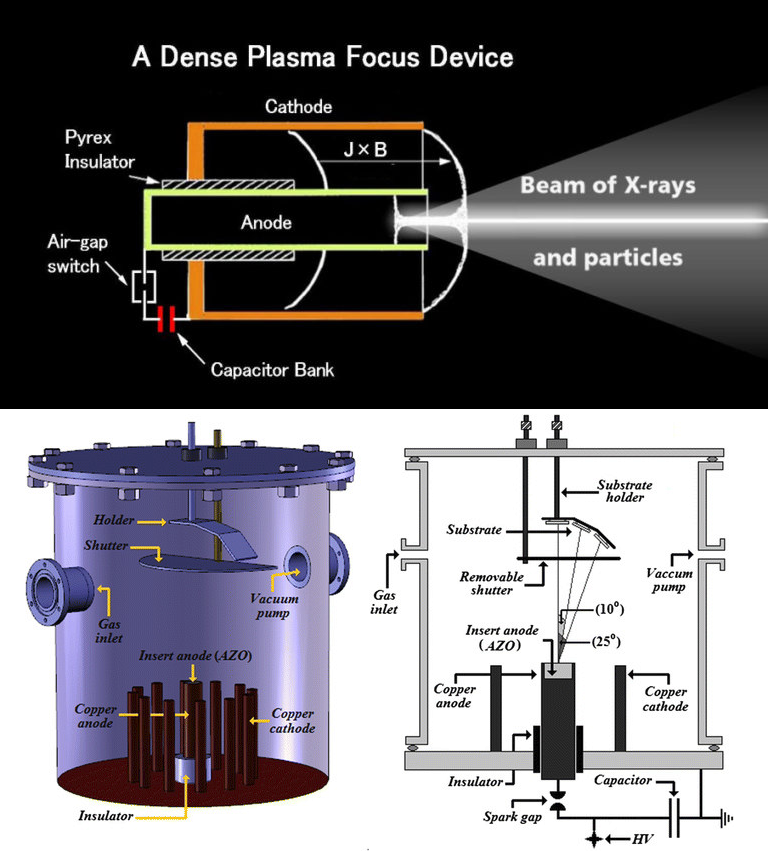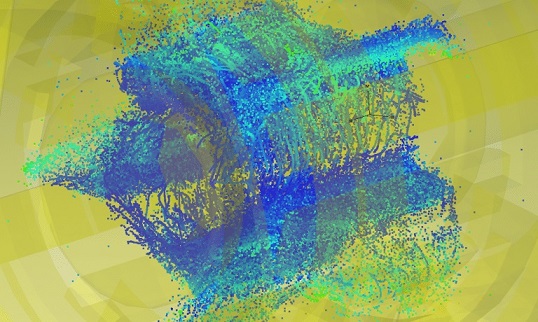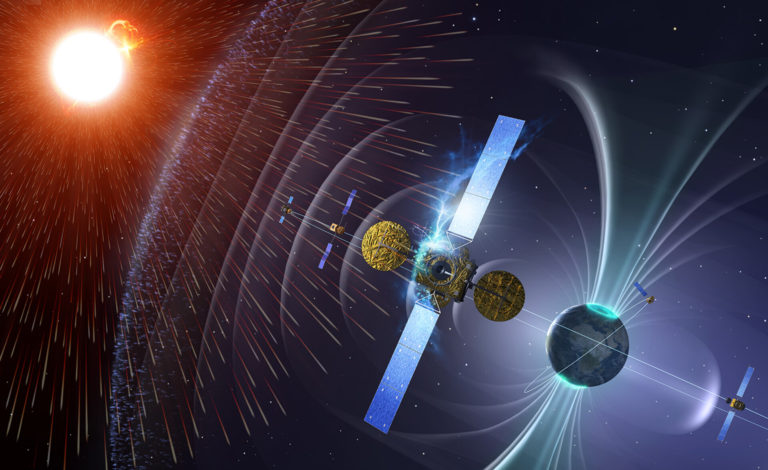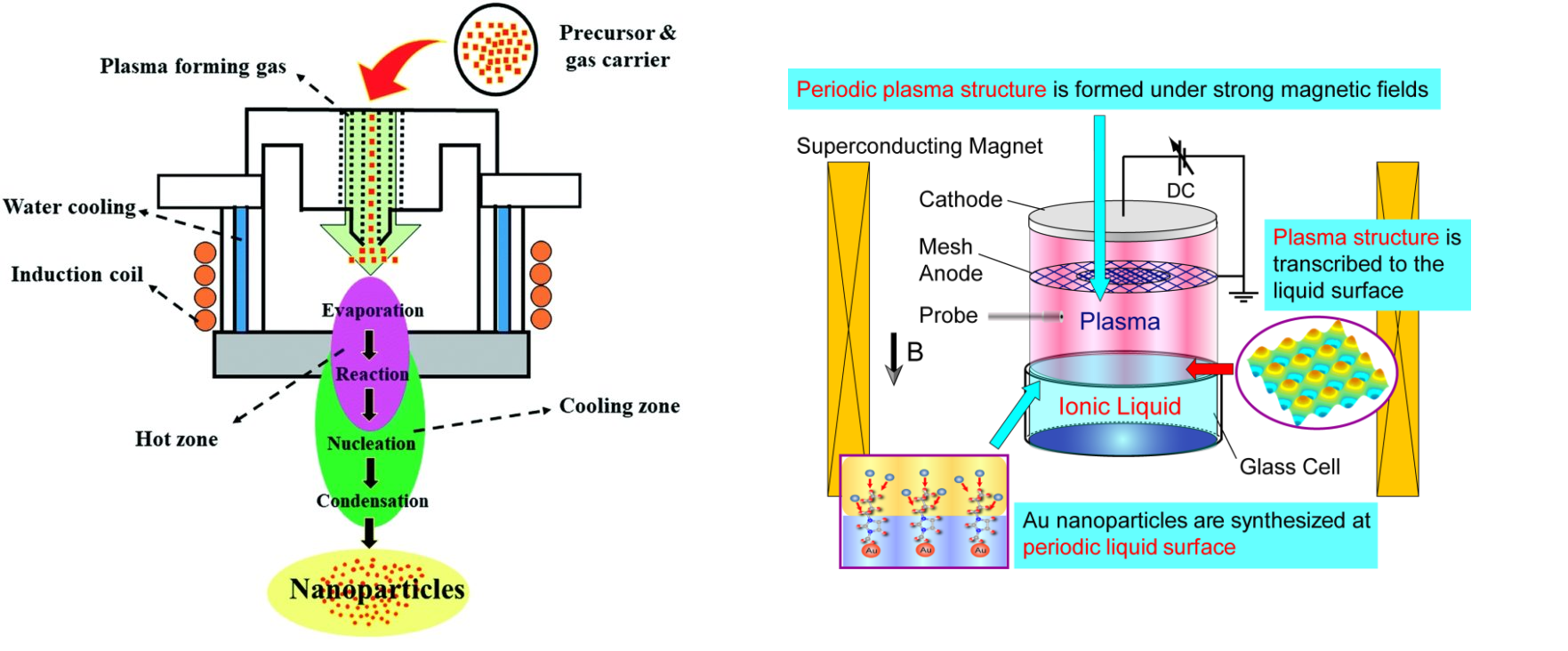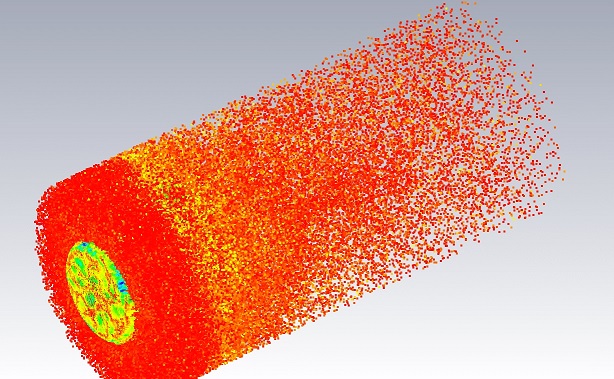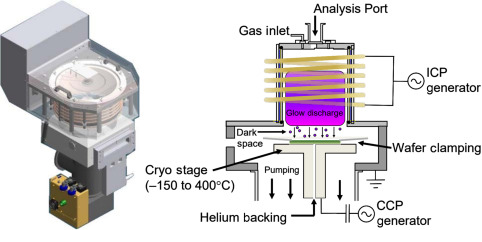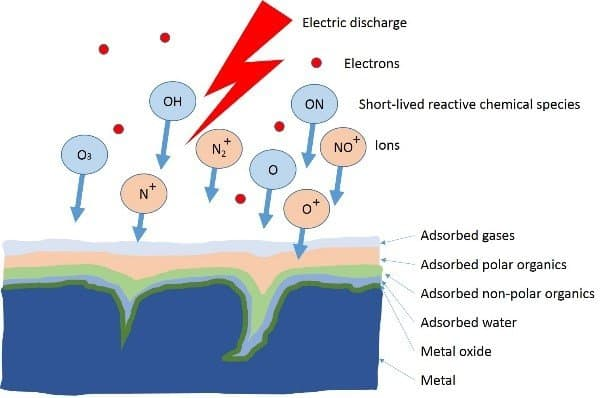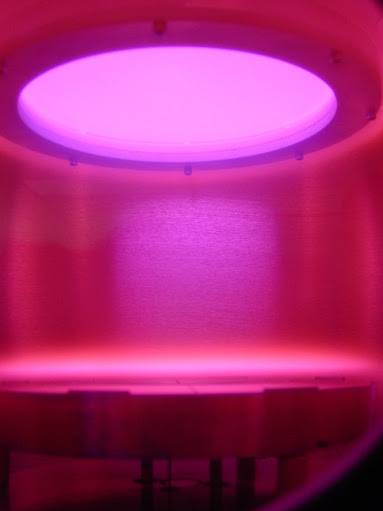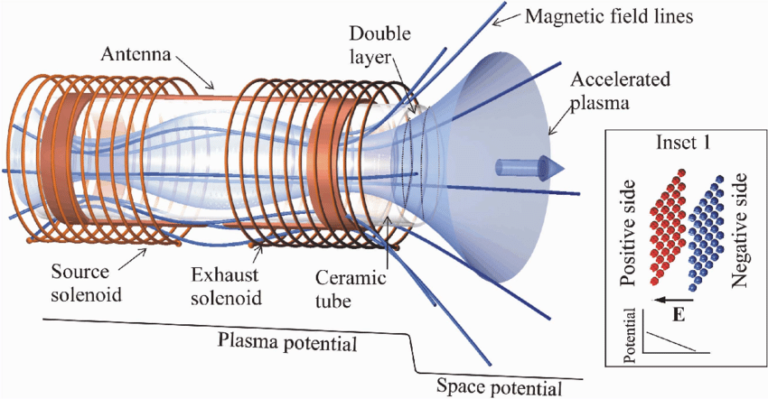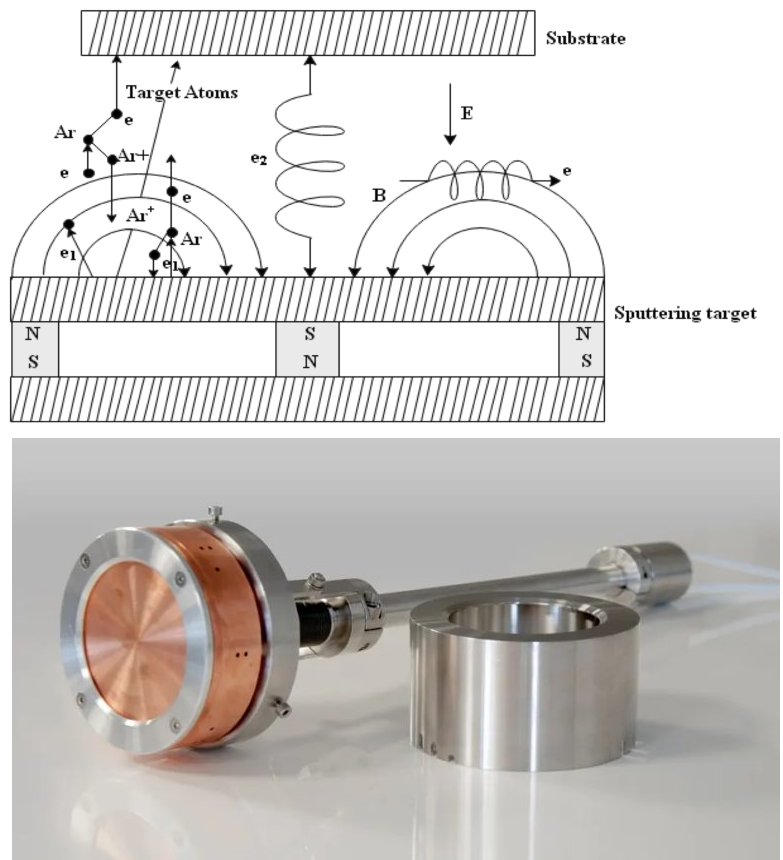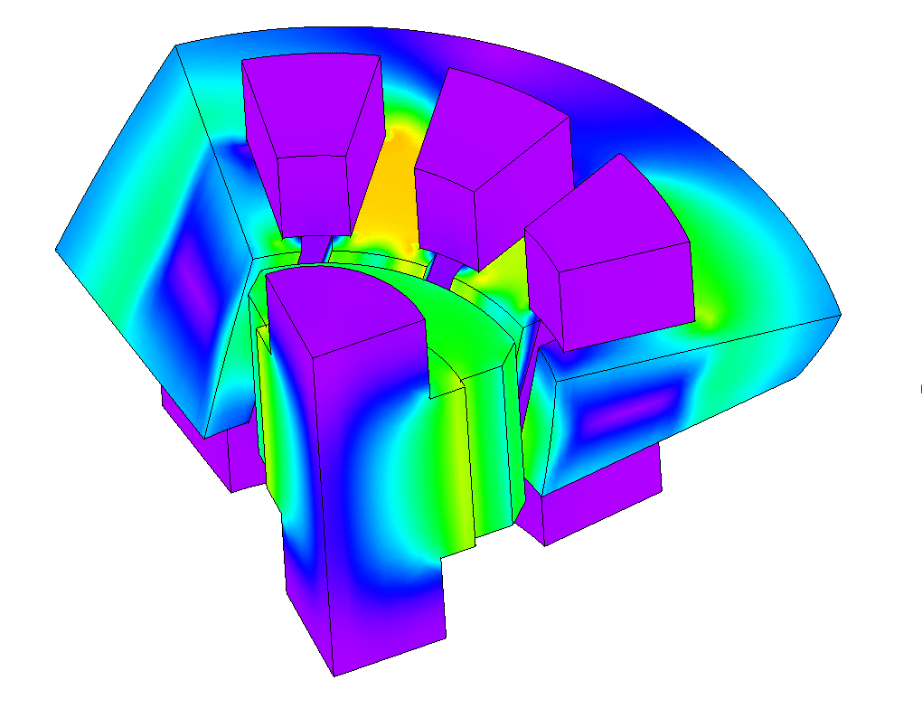Spacecraft charging includes both surface charging and internal dielectric charging. The absolute charging of spacecraft surfaces is not generally detrimental; rather it is the possible discharge effects which can disrupt satellite operations. Most of the undesired effects of both charging types are due to the discharge arcing, and include physical materials damage and electromagnetic interference generation.
The buildup of large potentials on spacecraft and satellite relative to the ambient plasma is not, of itself, a serious electrostatic discharge design concern. However, such charging enhances surface contamination, which degrades thermal properties. It also compromises scientific missions seeking to measure properties of the space environment. Spacecraft systems referenced to structure ground are not affected by a uniformly charged spacecraft. However, spacecraft surfaces are not uniform in their material properties, surfaces will be either shaded or sunlit, and the ambient fluxes may be anisotropic.
These and other charging effects can produce potential differences between spacecraft surfaces or between spacecraft surfaces and spacecraft ground. When a breakdown threshold is exceeded, an electrostatic discharge can occur. The transient generated by this discharge can couple into the spacecraft electronics and cause upsets ranging from logic switching to complete system failure. Discharges can also cause long term degradation of exterior surface coatings and enhance contamination of surfaces.
Vehicle torquing or wobble can also be produced when multiple discharges occur. The ultimate results are disruptions in spacecraft operation.Surface charging could disrupt environmental measurements on scientific spacecraft. For this application and others where control of electrostatic fields is required, material selection to minimize differential charging is mandatory. For operational spacecraft, surface charging can also cause problems. The hallmark of the spacecraft charging phenomena is the occurrence of electronic switching anomalies.
